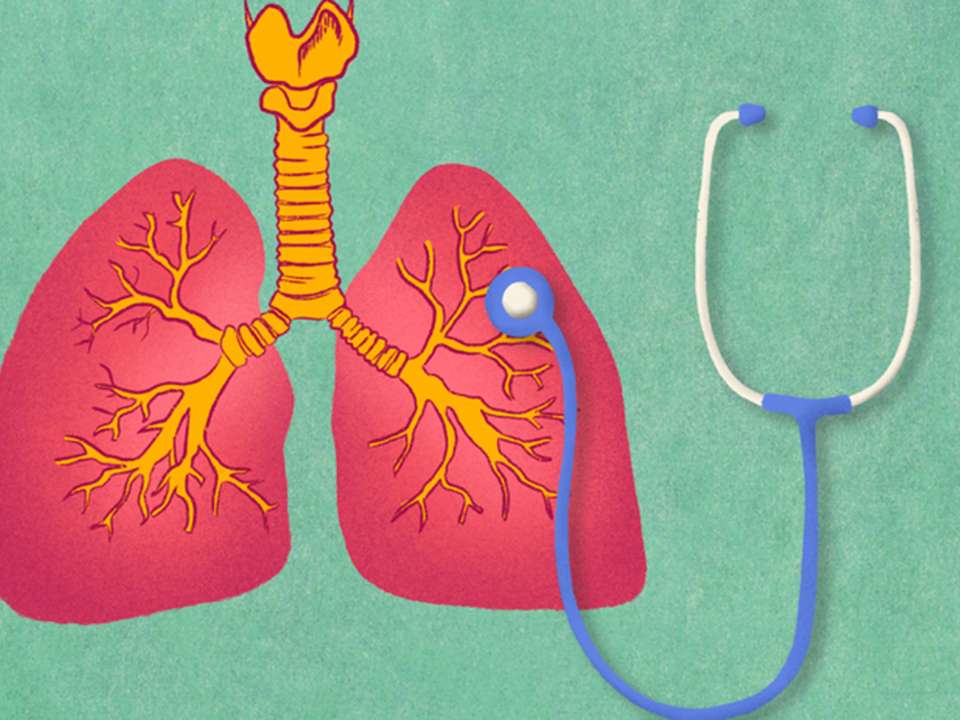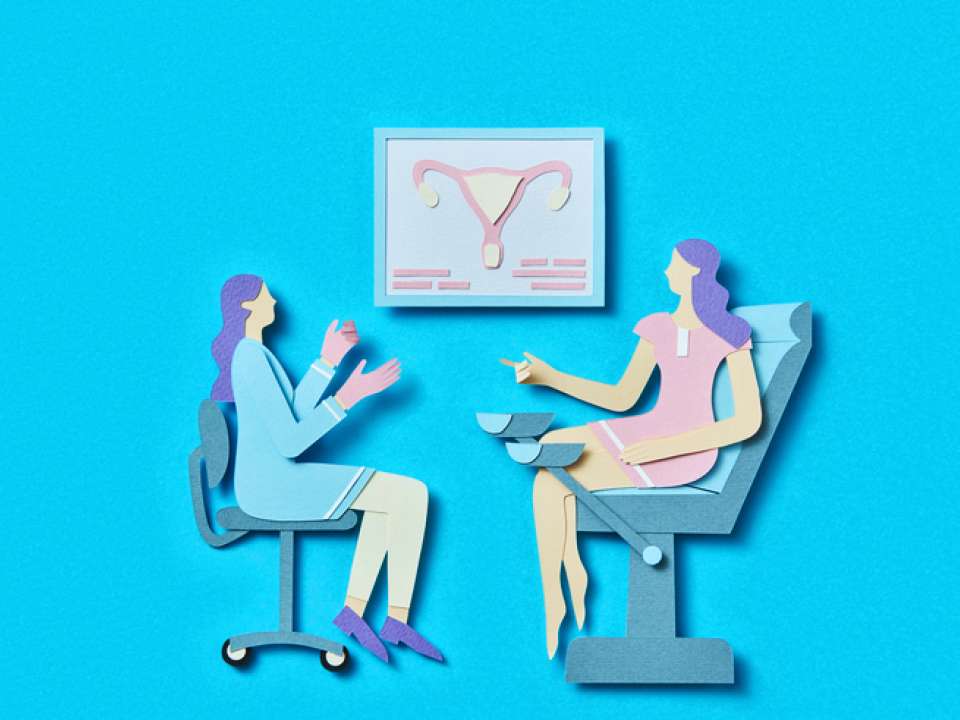
If you have a period, you probably experience some discomfort and pain around your time of the month, which is totally normal. For others, you might find yourself glued to your bed, daydreaming you were one of those happy, skipping people in those commercials for period products.
Severe pain and sickness before and during your period come in a couple of different flavors.
If you feel like you’ve been hit by a truck before your period — with intense mood swings to boot — you might have severe PMS symptoms. If you also have physical sickness leading up to your period, you might have what people refer to as “period flu,” a more severe set of PMS symptoms. And if you experience intense pain during your period, you may have dysmenorrhea.
What are the symptoms of period flu?
While everyone who has a period is different, some symptoms are commonly shared by those who have severe symptoms.
“Some people can develop symptoms such as pelvic cramping, nausea, fatigue and malaise around the time of their period,” says Dr. Sarah Villarreal, an OB-GYN at the Women’s Health Care Center at UW Medical Center – Roosevelt.
Some other symptoms of period flu, include body aches or joint pain, fever-like chills that might not involve an actual fever, dizziness and breast tenderness.
What are the symptoms of severe period pain or dysmenorrhea?
Once your period starts, dysmenorrhea can cause headaches, diarrhea and a general feeling of malaise.
It’s possible to get treatment for severe period symptoms. Still, it can be hard to accurately describe reproductive pain to other people, especially when no two people experience pain the same way.
“Some people will only note mild intermittent cramping that can feel like throbbing or dull, intermittent pain,” says Villarreal. “Some people feel pain that’s more sharp.”
Villarreal says that for some, their pain might be bad enough to need medication to manage it.
“Every body and every person is different,” Villarreal says. “Some recent studies have shown that for some, period cramps can be at the same intensity of pain associated with a heart attack.”
Why do some people have severe period pain and others don’t?
For those with these intense symptoms, it can be hard to believe some people don’t have moments of gripping pain associated with their cycle.
There are two main types of dysmenorrhea: primary and secondary.
Primary dysmenorrhea is when chemicals in the lining of your uterus, called prostaglandins, cause uterine cramping. Villarreal notes that some people have more of a response to these inflammatory signals, such as the prostaglandins, that are released before and during their period.
For people with primary dysmenorrhea, NSAIDs like ibuprofen and naproxen can help treat the pain.
Secondary dysmenorrhea, on the other hand, is pain from a disorder in your reproductive organs.
“We think possibly some underlying diseases such as endometriosis, adenomyosis or anatomic variants can increase pain and bleeding in some people,” Villarreal says.
Endometriosis is a condition in which endometrial tissue, the tissue that lines the inside of the uterus, grows outside of the uterus. Adenomyosis is a condition in which the endometrial tissue grows inside the muscular wall of the uterus, where it functions the same as it would inside the uterus — thickening, breaking down and bleeding each menstrual cycle.
Those conditions sound (and are) painful, but just because you’re having severe PMS and period symptoms doesn’t necessarily mean you have secondary dysmenorrhea. It’s best to check with your doctor to see if any of your symptoms match up.
Otherwise, doctors aren’t entirely sure what exactly causes these symptoms.
“The most important thing is that if you are suffering, there are many treatments ranging in types, risks and benefits, so talk to your provider candidly if you are struggling,” says Villarreal.
Is there help for severe PMS or dysmenorrhea?
You deserve to have pain-free periods — or at least have the pain managed so you can continue living a normal life during your cycle. Thankfully, there are options to help.
While there are some over-the-counter options like ibuprofen, those might not touch your pain if you’re struggling with severe symptoms. Villarreal recommends chatting with your doctor to find other options that might work better for you.
A common alternative option is hormonal contraceptives, such as:
- Birth control pills
- Birth control shots
- Implants in the arm
- An IUD that goes into the uterus during an office procedure
Hormonal contraceptives are low risk and can be tried and stopped if you don’t like them, says Villarreal. If birth control doesn’t work out, surgery is a common next step for those with endometriosis or adenomyosis.
Putting period pain to rest
When your PMS symptoms feel like the flu, and your actual period somehow feels worse — it’s time for a change. Here’s what you can do to start treating those nasty periods:
- Start tracking your cycle. When does it start and end? When do you start noticing PMS symptoms?
- Record your symptoms daily. When you start PMSing, track your mood throughout the day, symptoms like nausea, dizziness and more, as well as throughout your period.
- If it’s helpful, record your meals, too. Are there any foods that trigger your symptoms more than others?
- If any self-treatments help, make a note of it. Try heating pads, over-the-counter drugs and a warm bath and see what helps.
- Let your doctor know what you find out — they can help you determine what treatments will help you most based on your symptoms and what you’ve tried.
And above all, know you’re not alone — many period-havers are also sick and tired of managing their severe period symptoms ... and of being sick and tired.

 Healthy ideas for your inbox
Healthy ideas for your inbox





